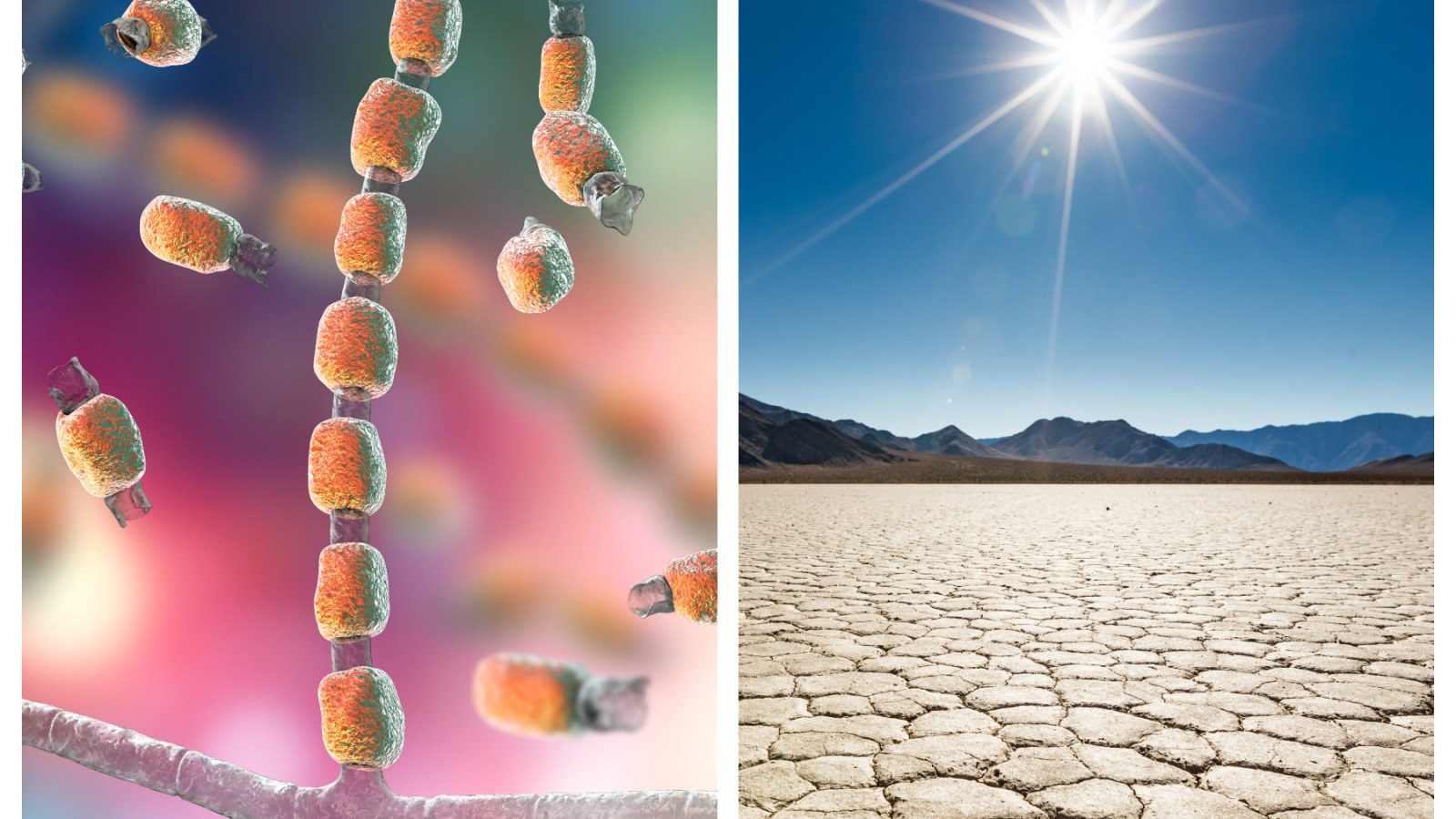The Southern African Development Community (SADC) has raised the alarm, stating that 17 percent of people across the region are in urgent need of humanitarian aid as climate change exacerbates the ongoing El Niño-induced drought. Tens of millions of people in Southern Africa are grappling with severe food shortages due to declining crop and livestock production, which has been significantly impacted by erratic weather patterns and prolonged droughts. The situation has left vulnerable communities across multiple countries facing dire consequences, with food security deteriorating at an alarming rate.
Countries like Zimbabwe, Malawi, and Mozambique have been hit particularly hard, with agricultural production severely disrupted. Many families are struggling to meet basic food needs as harvests have failed, and livestock populations have dwindled due to the lack of water and grazing land. The drought has compounded existing challenges in the region, including economic hardships, political instability, and limited access to essential services, pushing millions closer to the brink of disaster.
The SADC has called for increased international support and coordinated regional efforts to address the escalating crisis. The impacts of climate change are increasingly evident in Southern Africa, with extreme weather events like droughts becoming more frequent and intense. The region’s dependence on rain-fed agriculture makes it especially vulnerable to such changes, and the ongoing drought underscores the urgent need for climate resilience measures and long-term strategies to mitigate the effects of climate change on livelihoods and food security.
Elias Magosi, executive secretary of the Southern African Development Community (SADC), said on Saturday that 17 percent of the region’s population – some 68 million people – are in need of assistance.
“The 2024 rainy season has been a challenging one with most parts of the region experiencing negative effects of the El Nino phenomenon characterised by the late onset of rains,” Magosi said.
His remarks come as the heads of state of the 16-nation SADC were meeting in Zimbabwe’s capital of Harare to discuss regional issues, including food security.
Zimbabwe, Malawi and Zambia are among the countries in Southern Africa most affected by malnutrition caused by the drought, which began in early 2024.
Reporting from Harare on Saturday, Al Jazeera’s Haru Mutasa said the SADC nation leaders were likely to be discussing how to get more funding and food aid to affected countries.
“Crops are dying, it’s a huge problem,” Mutasa said.
In early June, the United Nations World Food Programme highlighted the dire effects of the drought, particularly on communities already vulnerable to food shortages.
“Rural communities we have met on the ground tell us they have never seen anything like this. They are extremely worried about their future,” said Reena Ghelani, the UN climate crisis coordinator for the El Nino response.
Southern Africa saw its driest February in 100 years, the UN said, receiving only 20 percent of the usual rainfall. Temperatures were also several degrees above average.
UN Secretary-General Antonio Guterres said late last month that extreme heat fuelled by the climate crisis was “increasingly tearing through economies, widening inequalities, undermining the Sustainable Development Goals, and killing people”.
“We know what is driving it: fossil fuel-charged, human-induced climate change. And we know it’s going to get worse; extreme heat is the new abnormal,” he said.
Experts have warned that as the effects of climate change intensify, weather patterns are becoming more extreme with droughts, super-charged hurricanes, floods and wildfires affecting much of the globe.




